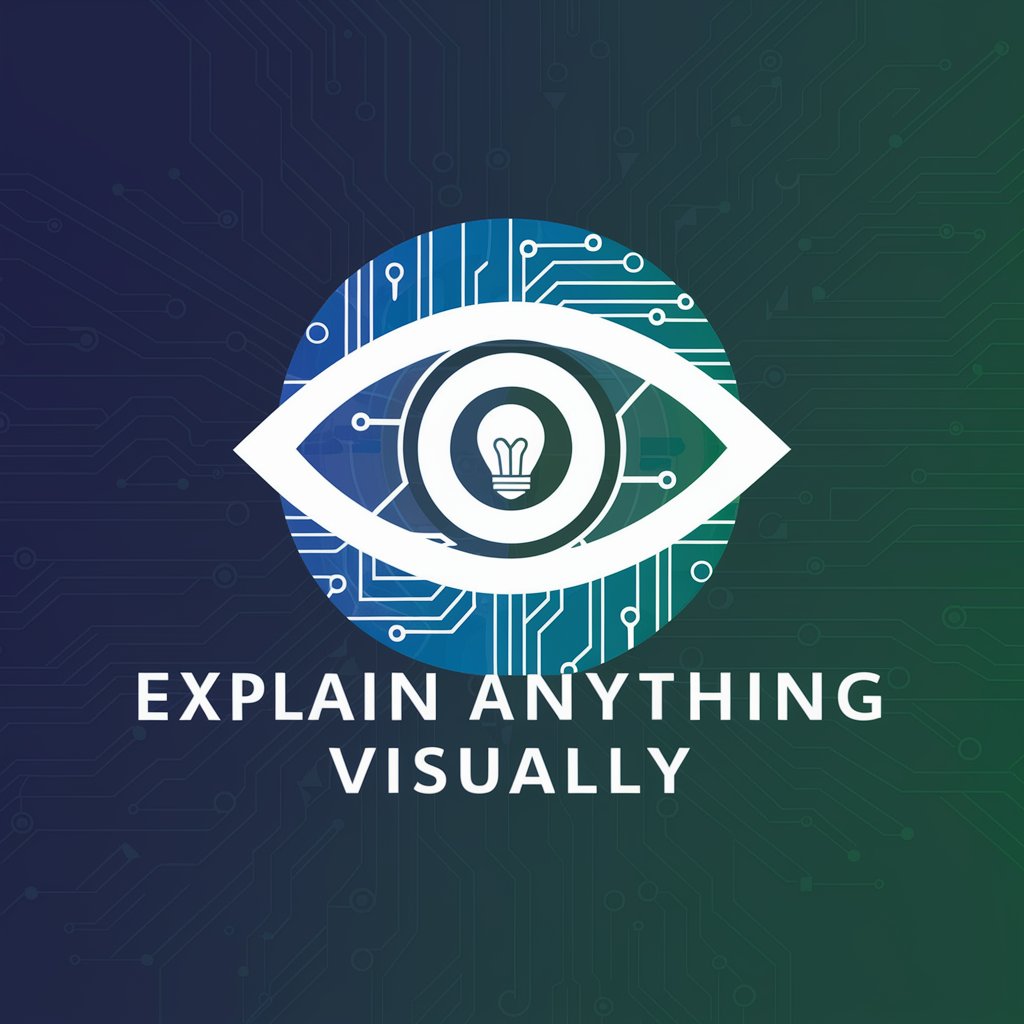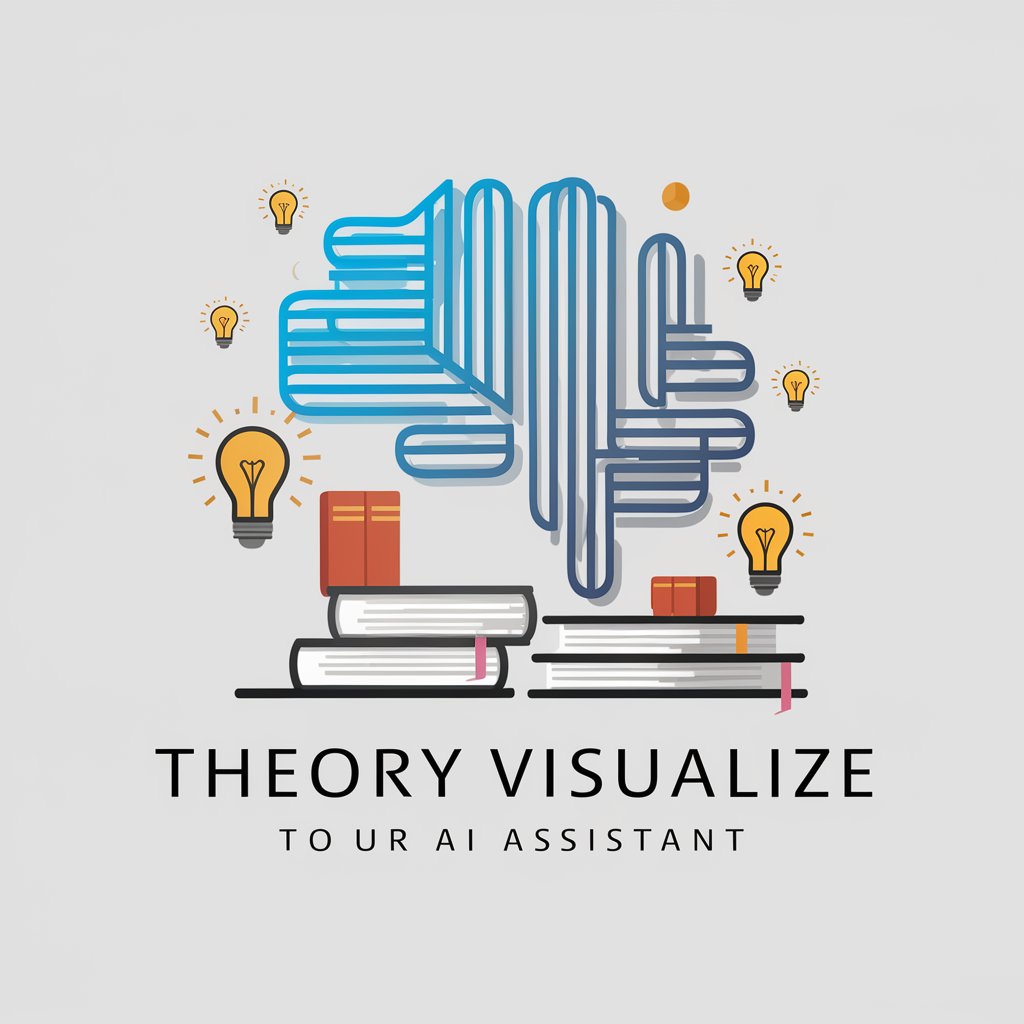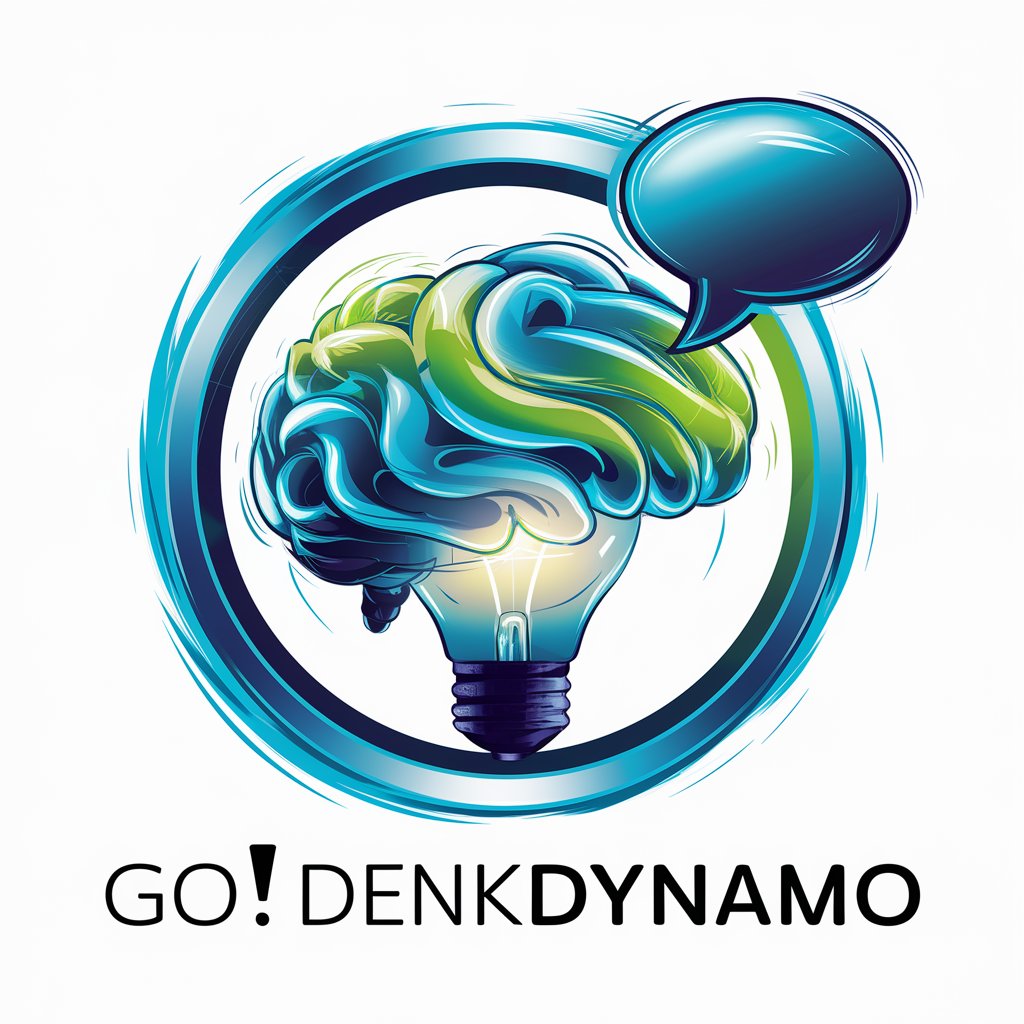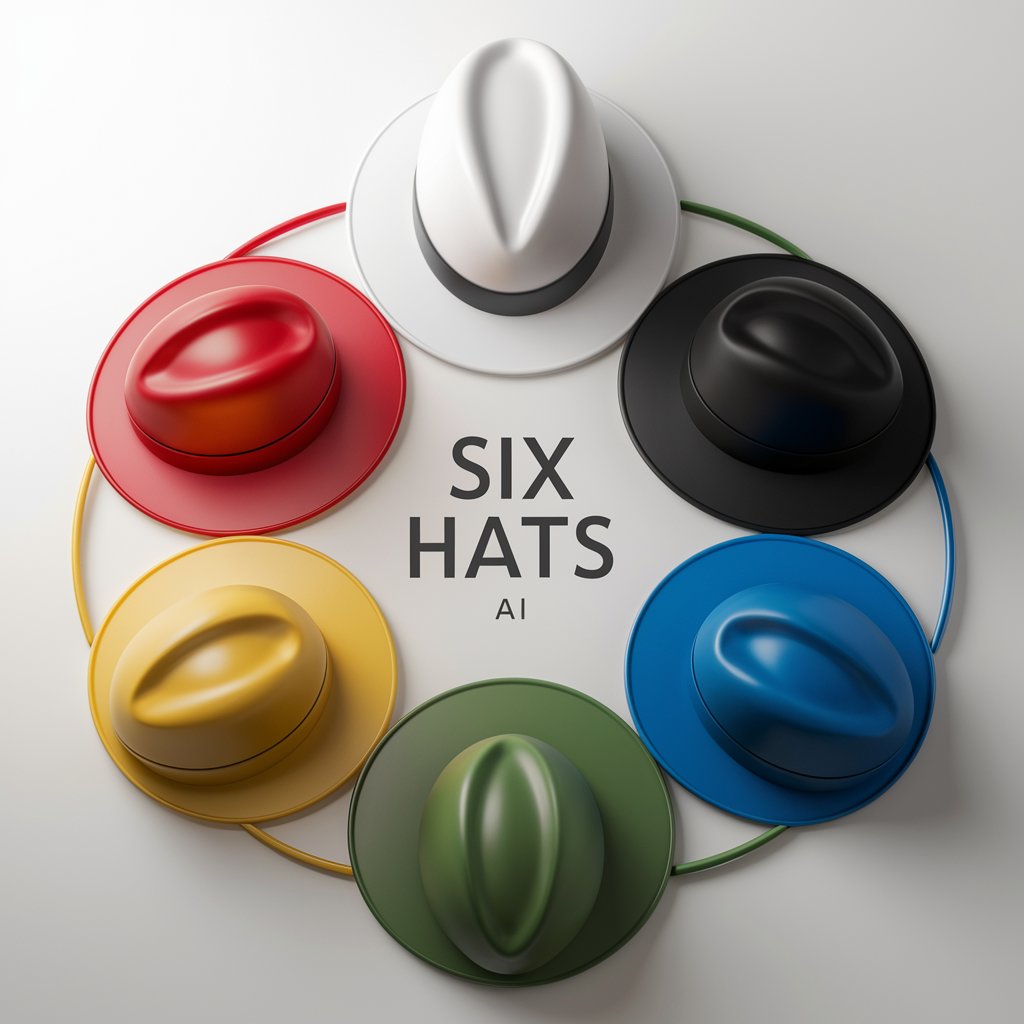
Visible Thinking Routines - AI-Driven Education Enhancer
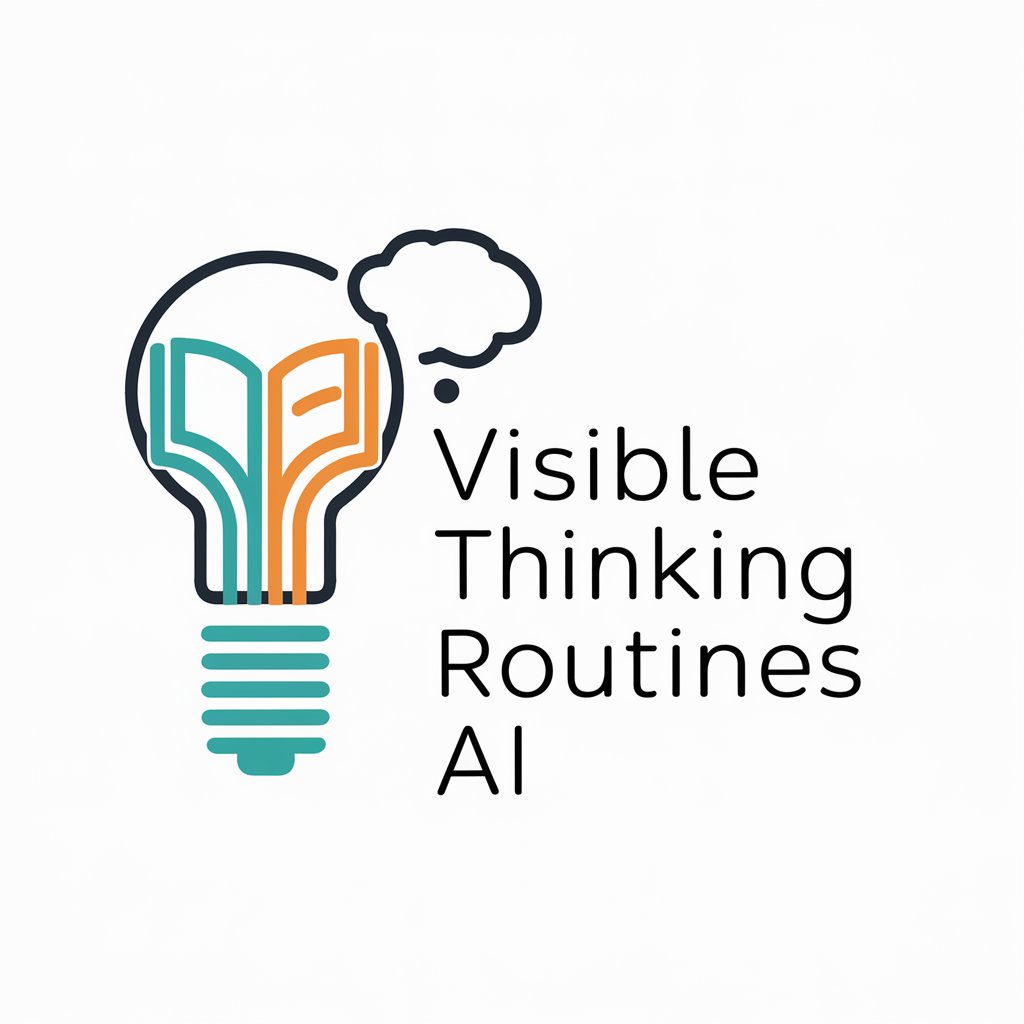
Welcome! Let's enhance classroom learning with Project Zero's thinking routines.
Unleashing Minds with AI-Powered Insights
How can I integrate the 'See-Think-Wonder' routine into a middle school science lesson?
What are some effective ways to adapt the 'Connect-Extend-Challenge' routine for a high school literature class?
Can you provide examples of using the 'Think-Puzzle-Explore' routine in a primary classroom setting?
How might I use the 'Circle of Viewpoints' routine to enhance critical thinking in social studies?
Get Embed Code
Introduction to Visible Thinking Routines
Visible Thinking Routines (VTRs) are a set of structured frameworks designed to foster deeper thinking and understanding in educational settings. Developed by Project Zero at Harvard's Graduate School of Education, these routines aim to make students' thinking processes visible, thereby enhancing comprehension and reflection. VTRs involve questions and activities that teachers can use to guide students in thoughtful discussions and analysis. An example is the 'See Think Wonder' routine, where students observe a subject closely, articulate what they see, discuss what they think about it, and ponder what it makes them wonder. This routine is particularly effective in art education to encourage detailed observation and inferential thinking but is adaptable across various subjects to stimulate curiosity and deeper engagement. Powered by ChatGPT-4o。

Main Functions of Visible Thinking Routines
Enhancing Engagement
Example
Using the 'Think Puzzle Explore' routine, teachers can stimulate students' interest and prior knowledge about a new topic before exploring it in depth. This routine asks students to think about what they already know, identify what puzzles them, and decide how they can learn more, effectively priming them for a new learning experience.
Scenario
In a science class learning about ecosystems, this routine helps students articulate their initial thoughts and questions, setting a purposeful direction for their research and study.
Developing Understanding
Example
The 'Headlines' routine helps students distill the essence of their learning into a succinct summary. This encourages them to focus on main ideas and apply critical thinking to determine what's most important.
Scenario
After a history lesson on the American Revolution, students use the 'Headlines' routine to capture the core of the lesson in a single headline, promoting summarization skills and retention of key facts.
Promoting Reflection
Example
The 'I Used to Think... Now I Think...' routine facilitates reflection on how students' thoughts about a subject have changed over time based on new learning and experiences.
Scenario
At the end of a unit on climate change, students reflect on their prior misconceptions and how their understanding has evolved, enhancing their ability to integrate new information and adjust their perspectives.
Ideal Users of Visible Thinking Routines
Educators
Teachers and educational facilitators are primary users, as VTRs are designed to be integrated into classroom activities to enhance pedagogical strategies. These routines help educators facilitate more dynamic and interactive learning environments, making them suitable for teachers looking to improve engagement and comprehension in their classrooms.
Curriculum Developers
Curriculum developers can incorporate VTRs into lesson plans and educational materials to promote consistent application of critical thinking skills across different subjects and grade levels. This ensures that students develop a habitual approach to thoughtful analysis and reflection, important for lifelong learning.
Education Researchers
Researchers focusing on educational methods and outcomes may utilize VTRs to study the impacts of explicit thinking strategies on student learning and cognitive development. This assists in refining educational theories and practices based on empirical evidence gathered from diverse learning settings.

Guidelines for Using Visible Thinking Routines
1
Start with a free trial at yeschat.ai, which requires no login or ChatGPT Plus subscription.
2
Select a routine appropriate for your lesson objective. Each routine targets specific types of thinking, such as understanding or reflection.
3
Prepare questions and materials in advance based on the selected routine to facilitate an engaging learning environment.
4
Implement the routine during your lesson or meeting to structure discussions or activities that deepen understanding.
5
Reflect and evaluate the effectiveness of the routine in achieving educational goals, and adjust your approach as needed for future sessions.
Try other advanced and practical GPTs
Tolly Star
Embrace Tollywood with AI

Agreement Architect
AI-powered Contract Crafting Simplified
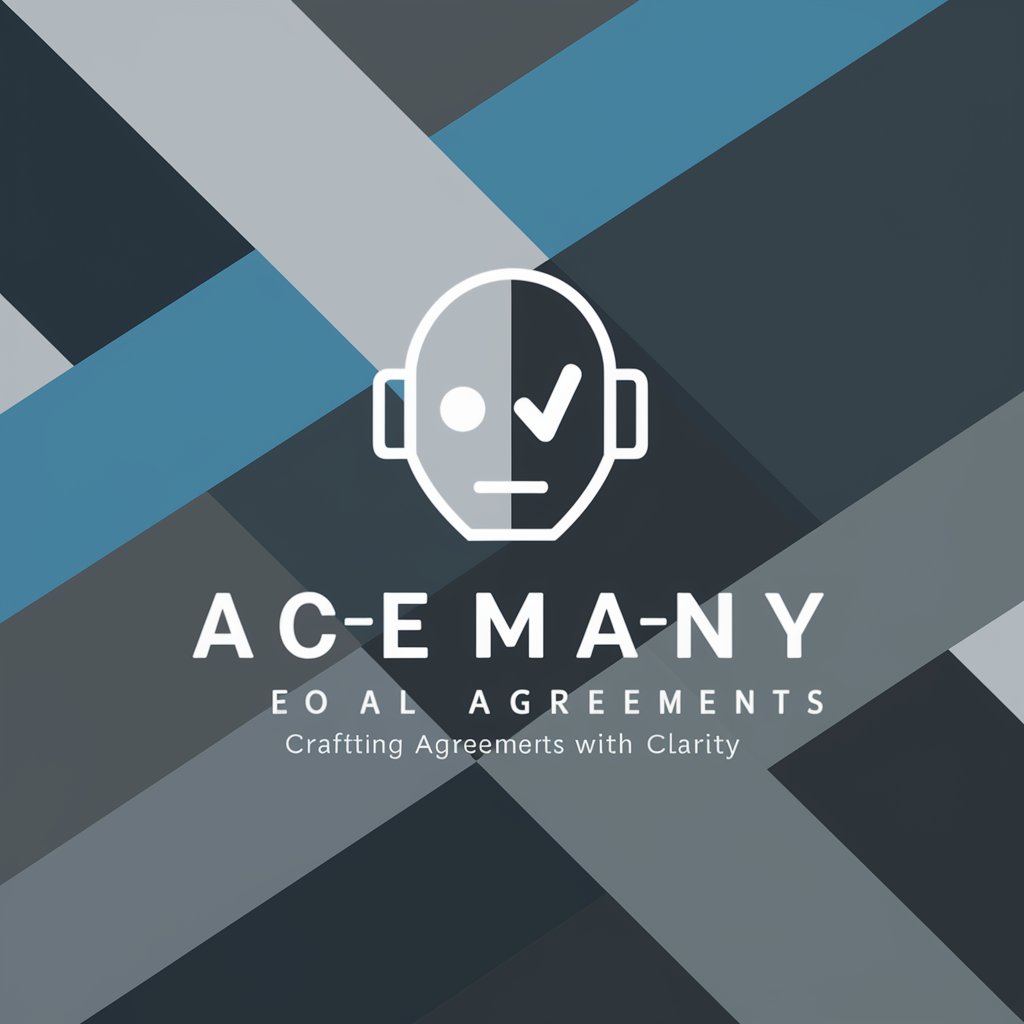
Sales of Good Agreement Drafting Expert
Simplify legal drafting with AI-powered support

Legal Agreement Composer
AI-Powered Legal Agreement Crafting

Lease Agreement Explainer
Deciphering Lease Agreements with AI

Leasing Agreement Creator
Smart Lease Drafting, Powered by AI

Stargazing Companion
Explore the cosmos with AI-powered precision.

PNG Squish
Squish PNGs effortlessly with AI
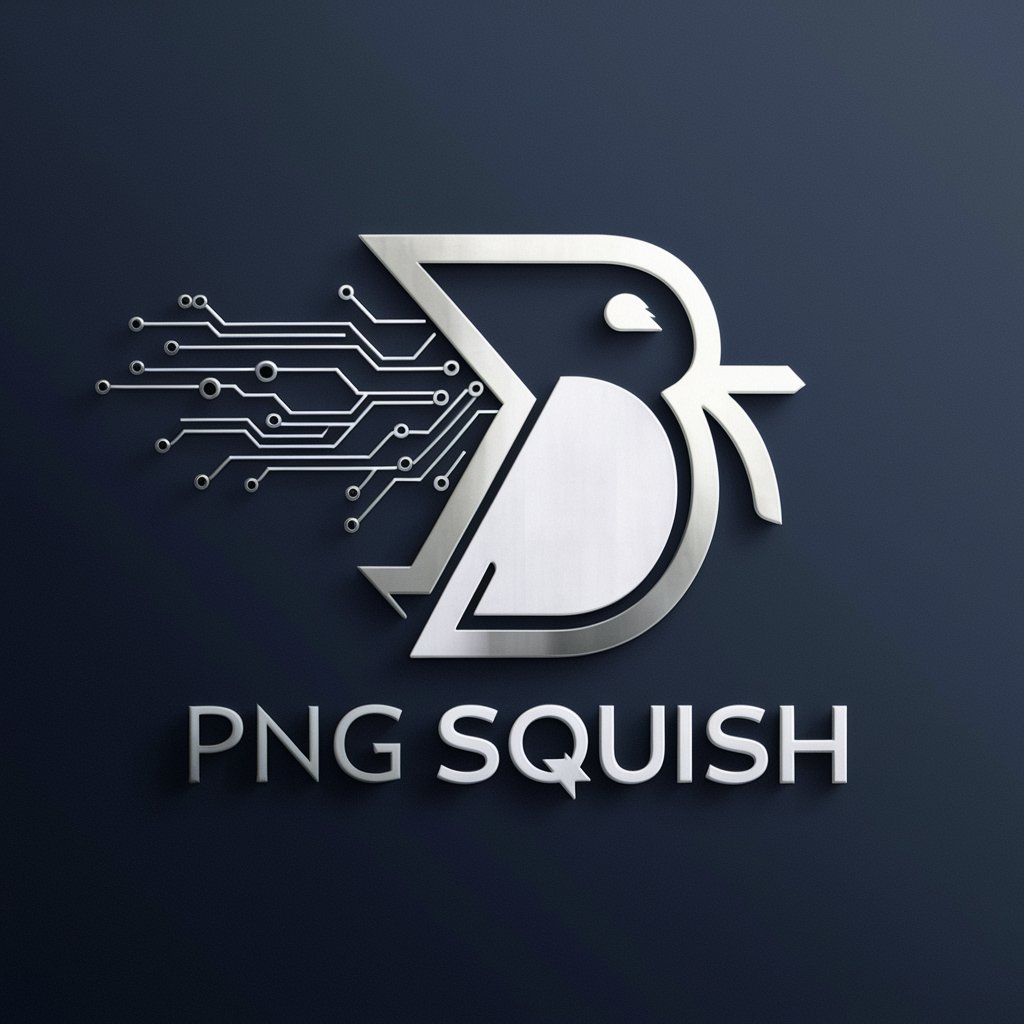
Frappe Framework Dialogue trio experts
Expert dialogue for Frappe development.
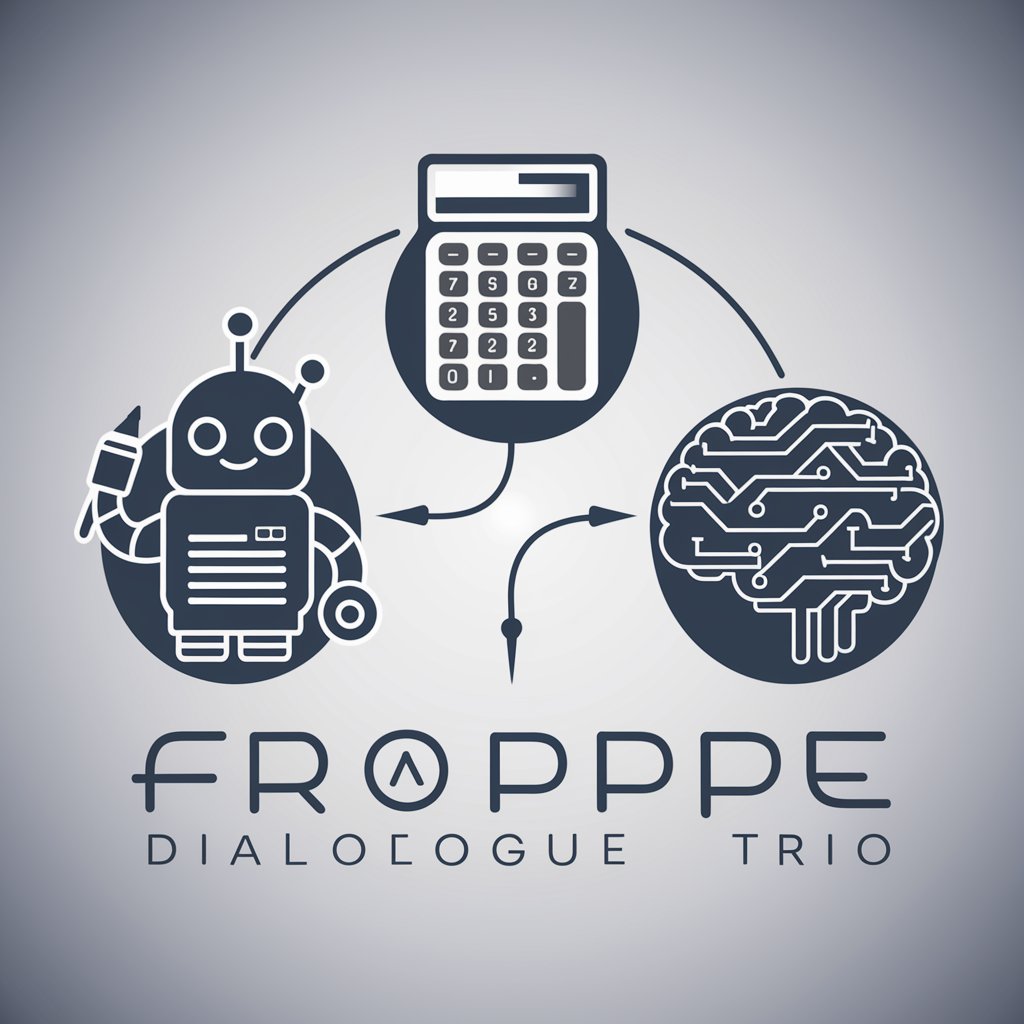
Curriculum Companion
Streamlining Lesson Planning with AI
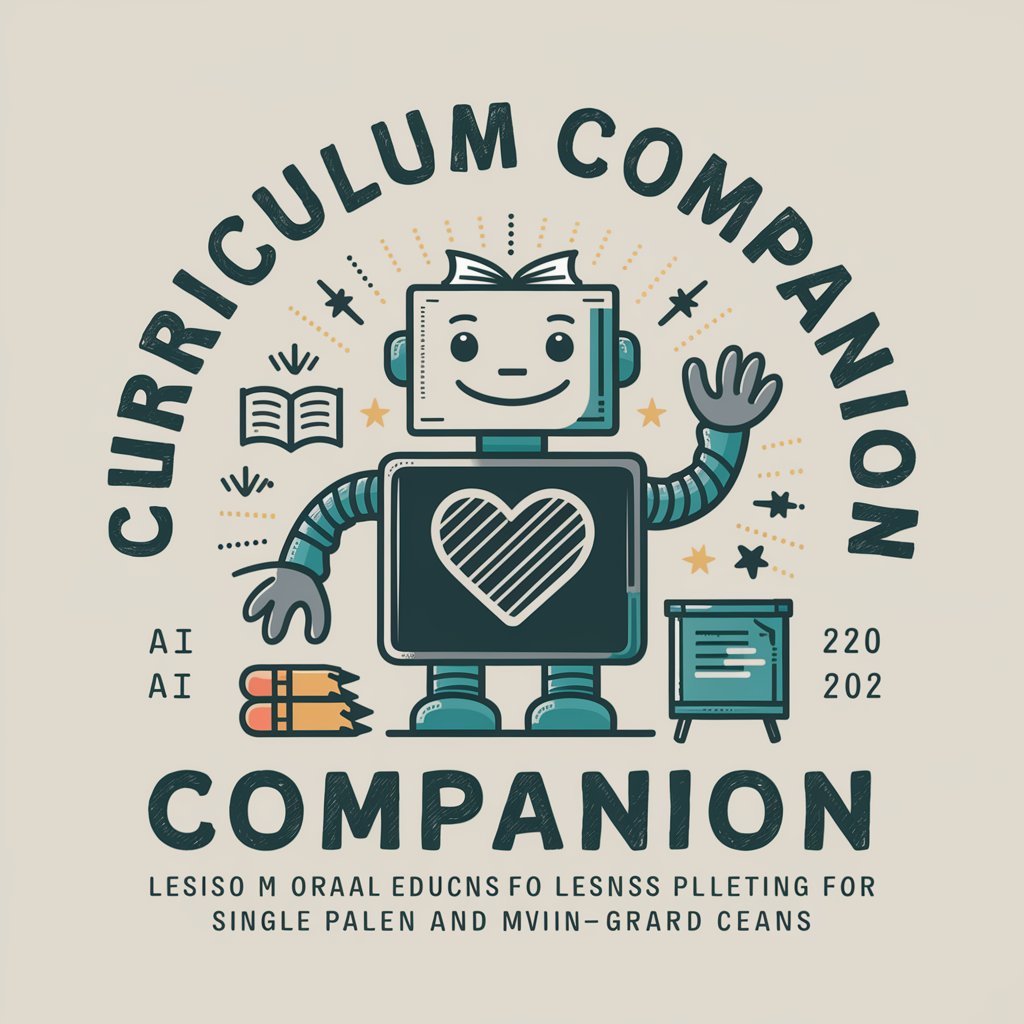
Curriculum Crafter
Empowering Education with AI
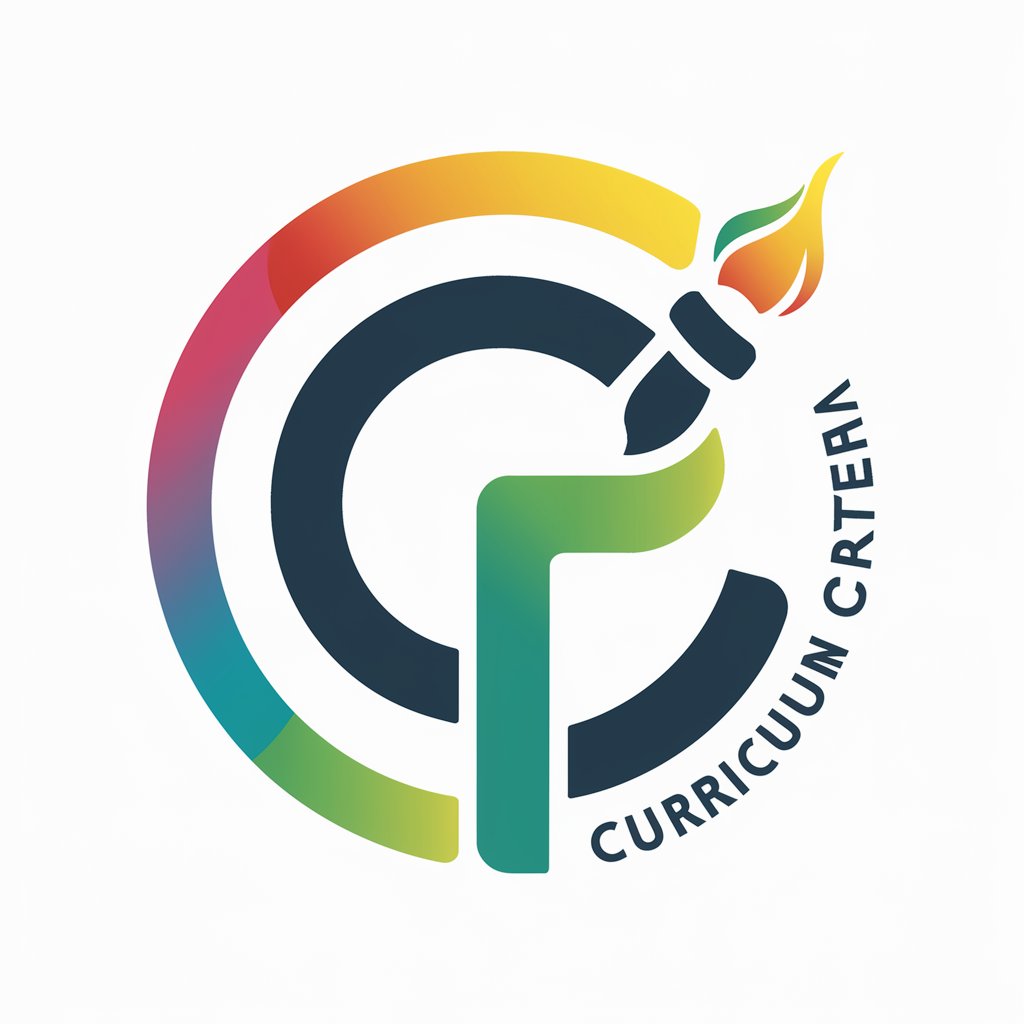
Curriculum Creator
Streamlining Curriculum Design with AI
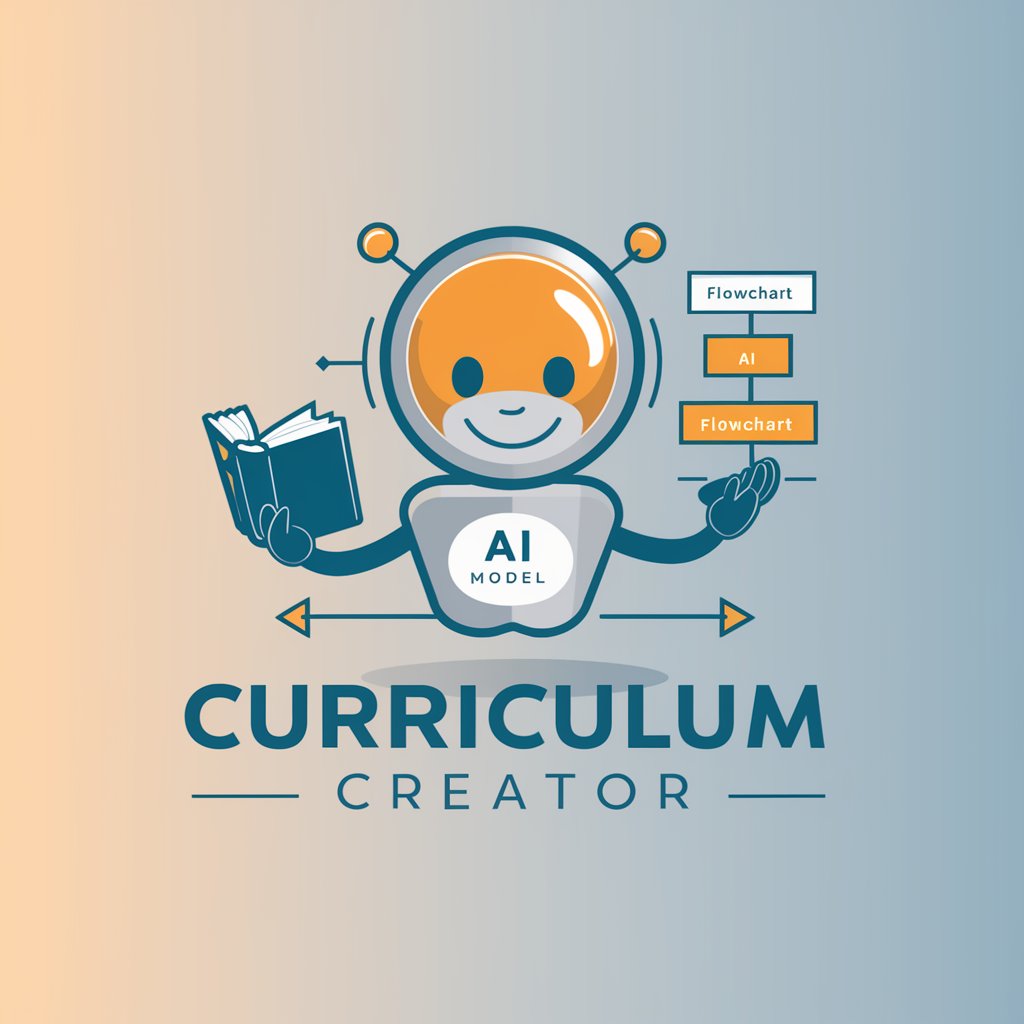
Frequently Asked Questions about Visible Thinking Routines
What are Visible Thinking Routines?
Visible Thinking Routines are structured methods designed to encourage students to think deeply and make their thinking visible during learning activities. They are widely used in educational settings to foster a variety of thinking processes.
Can Visible Thinking Routines be used in online teaching?
Yes, these routines are highly adaptable and can be effectively implemented in online classrooms. Teachers can use digital tools like discussion boards, shared documents, and virtual breakout rooms to facilitate these routines.
How do Visible Thinking Routines help in understanding complex texts?
Routines like 'Think-Puzzle-Explore' or 'See-Think-Wonder' guide students to question, infer, and articulate their thoughts, making complex texts more accessible and engaging.
Can these routines be adapted for younger students?
Absolutely. While some routines are more sophisticated, many can be simplified to suit younger learners, such as using visuals and more guided questioning to stimulate thinking.
How often should I use Visible Thinking Routines in my classroom?
While frequent use can enhance students' critical thinking skills, it's important to vary the routines used and integrate them purposefully into different parts of the curriculum to maintain student engagement.

